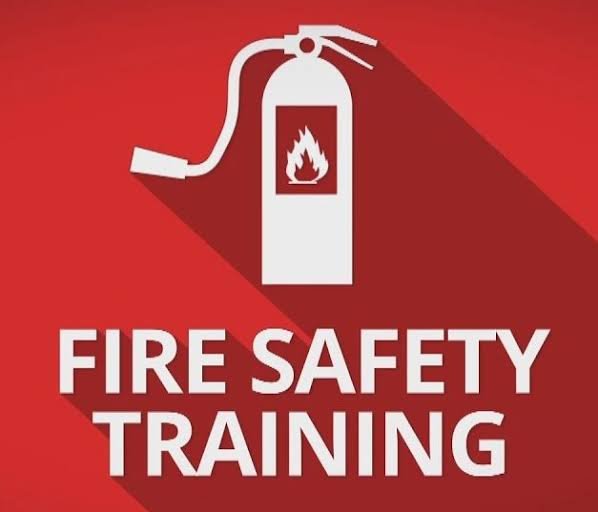Fire Safety for Warehouses: Best Practices to Protect People and Property
Warehouses are vital hubs in the supply chain, housing valuable goods and machinery. However, due to their size, storage configurations, and operations, warehouses are also at high risk of fire incidents. Implementing effective fire safety practices is crucial not only to protect assets but also to ensure the safety of workers and emergency responders. Here, we explore the best fire safety practices for warehouses.

1. Conduct a Fire Risk Assessment
Fire Safety for Warehouses start by performing a thorough fire risk assessment. Identify potential fire hazards such as flammable materials, electrical faults, and heating equipment. Evaluate the likelihood of these risks and the potential consequences. This helps prioritize safety measures and plan emergency responses.
2. Install Appropriate Fire Detection and Alarm Systems
Early detection saves lives and property. Equip your warehouse with smoke detectors, heat detectors, and manual alarm systems. Ensure these systems are connected to a central monitoring station and tested regularly.
3. Use Fire Suppression Systems
Install automatic sprinkler systems, especially in high-rack storage areas. Consider additional suppression systems such as foam or gas extinguishing systems for specific hazards. Regular inspection and maintenance are critical.
4. Safe Storage of Materials
Proper storage practices reduce fire risk. Keep flammable and combustible materials away from heat sources. Store chemicals in designated, ventilated areas with appropriate signage. Avoid overloading racks and maintain clear access to emergency exits.
5. Maintain Clear Aisles and Emergency Exits
Obstructed pathways can delay evacuation and emergency response. Regularly inspect and ensure all aisles and exits are unobstructed, well-marked, and illuminated.
6. Employee Training and Fire Drill
Educate warehouse staff on fire hazards, emergency procedures, and how to use fire extinguishers. Conduct fire drills at least twice a year to reinforce response protocols and improve evacuation times.
7. Regular Equipment Maintenance
Faulty equipment can be a major fire hazard. Schedule routine inspections of electrical systems, forklifts, heating units, and other machinery. Address any issues immediately.
8. Implement a Hot Work Permit System
Hot work like welding or cutting should only be performed under a strict permit system. Designate safe areas, use fire-retardant blankets, and assign fire watch personnel during and after the task.
9. Install Fire Extinguishers Strategically
Place appropriate fire extinguishers (e.g., Class A, B, C, D, or K) throughout the warehouse based on specific risks. Train staff on their proper use and ensure regular inspection and servicing.
10. Collaborate with Local Fire Services
Invite fire departments to inspect the facility and provide input on safety measures. Sharing layout plans and hazardous material details in advance improves response time during emergencies.
Conclusion
Fire Safety for Warehouses is not a one-time task but a continuous effort. By adopting these best practices, warehouse managers can significantly reduce the risk of fires, protect valuable inventory, and most importantly, save lives. Prioritizing fire safety also ensures compliance with local laws and enhances workplace trust and productivity.






This Post Has One Comment
whoah this blog is excellent i love reading your articles. Keep up the good work! You know, many people are looking around for this info, you could aid them greatly.